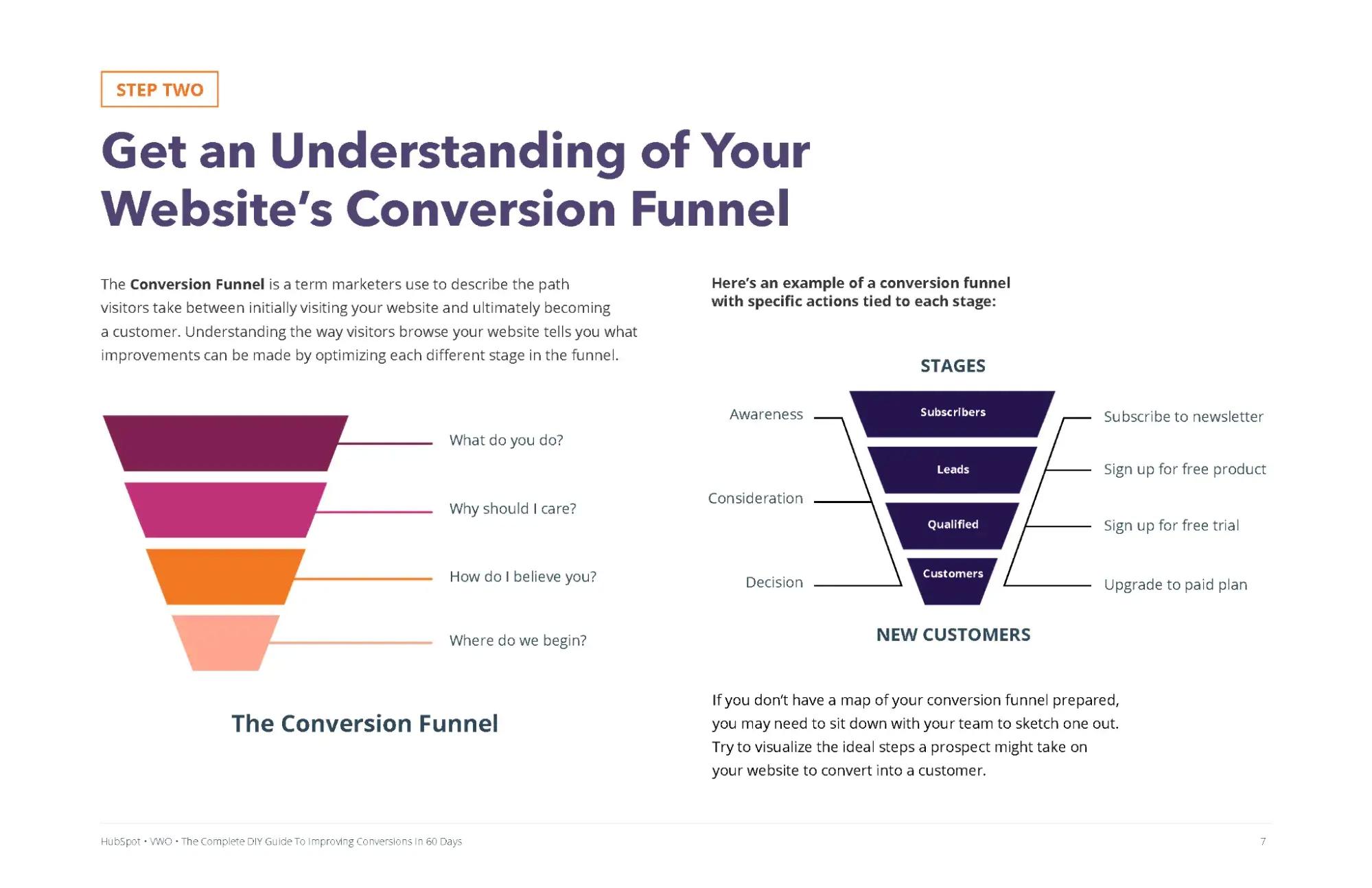Are you struggling to turn your website visitors into paying customers? You’ve invested time and effort in driving traffic to your website, but are you maximizing your return on investment? If not, conversion rate optimization (CRO) might be the answer.
Instead of pouring more resources into attracting new visitors, CRO focuses on making the most of the traffic you already have. It’s about making your website work smarter, not harder, to guide visitors toward a desired action. This action could be anything from signing up for a newsletter to making a purchase.
What is Conversion Rate Optimization (CRO)?
Conversion rate optimization (CRO) is the practice of increasing the percentage of website visitors who complete a desired action. These actions, known as conversions, are specific to your business goals and can include:
- Submitting a contact form
- Requesting a demo
- Making a purchase
- Signing up for a free trial
- Downloading a resource
CRO involves analyzing user behavior on your website, identifying areas for improvement, and implementing changes to encourage more conversions.
Why is CRO Important for Your Business?
CRO is not just a buzzword; it’s a vital element of a successful online strategy. Here’s why:
- Maximize ROI: By improving your conversion rate, you generate more leads and sales from the same amount of traffic, maximizing the return on your marketing investment.
- Reduce Customer Acquisition Costs: Acquiring new customers can be expensive. CRO helps lower these costs by converting a higher percentage of your existing website visitors.
- Gain a Competitive Edge: In today’s digital landscape, businesses are vying for attention. CRO can give you an edge by making your website more effective at converting visitors than your competitors.
- Improve User Experience: A core principle of CRO is to create a seamless and enjoyable experience for your visitors. By optimizing your website for conversions, you’re also making it more user-friendly.
8 Effective Ways to Get Started with CRO
Embarking on a CRO journey might seem daunting, but you can implement practical strategies to start seeing results. Here are eight methods to consider:
1. Craft Compelling Calls-to-Action
Your calls-to-action (CTAs) are the guideposts directing visitors towards conversion. Make them stand out with contrasting colors, action-oriented text, and clear value propositions. For instance, replace a generic “Learn More” button with “Download Your Free Guide Now.”
2. Optimize Your Landing Pages for Conversions
Landing pages are designed with a single conversion goal in mind. Ensure your landing pages are focused, visually appealing, and have a clear hierarchy of information. Minimize distractions, use compelling headlines, and make the CTA easily accessible.

A simple visual outlining the key elements of a high-converting landing page: headline, hero image, benefits, social proof, and a clear call-to-action.
3. A/B Test Your Way to Success
Don’t rely on guesswork. A/B testing allows you to compare different versions of website elements (headlines, images, CTAs, etc.) to see which performs better in terms of conversions. It’s a data-driven approach to make informed decisions.
4. Use Text-Based CTAs within Blog Posts
Don’t limit CTAs to the end of your blog posts. Incorporate text-based CTAs within your content, linking relevant phrases or sentences to landing pages. This strategy allows you to capture leads at various points within the reading experience.
5. Leverage Lead Flows to Engage Visitors
Lead flows are pop-up forms that appear on your website, offering valuable content or incentives in exchange for contact information. Experiment with different types, such as slide-in boxes or drop-down banners, to see what resonates with your audience.
6. Optimize Your Forms for Completion
Long, complicated forms are a conversion killer. Streamline your forms by only asking for essential information. Consider using multi-step forms for complex inquiries and provide clear labels and instant validation feedback.
7. Breathe New Life into High-Performing Blog Posts
Identify blog posts with high traffic but low conversion rates. Update them with fresh content, optimize them for SEO, and ensure the CTAs align with the reader’s journey. Even minor tweaks can make a significant difference.
8. Implement Retargeting to Reconnect with Visitors
Not everyone converts on their first visit. Retargeting allows you to display ads to previous visitors, reminding them of your offerings. This strategy can be particularly effective for those who have already shown interest by visiting specific pages.
Expert Insights: Elevating Your CRO Game
Pamela Bump, Content Growth Team Manager at HubSpot, offers valuable advice for CRO success:
- Embrace Heat Mapping: Tools like heatmaps and scroll maps provide insights into how users interact with your web pages. They can reveal areas of interest and potential roadblocks to conversion.
- Data-Driven Testing: Base your A/B tests on insights from data analytics, user research, and customer feedback. Avoid relying solely on assumptions or gut feelings.
- Prioritize Mobile Optimization: In today’s mobile-first world, ensure your website is responsive and provides a seamless experience across devices. Keep content concise and consider how elements render on smaller screens.
- Qualitative Insights: Supplement quantitative A/B testing data with qualitative user testing to understand user motivations, comprehension levels, and pain points.
Calculating Your Conversion Rate
To measure the effectiveness of your CRO efforts, you need to understand your baseline conversion rate. Here’s a simple formula:
Conversion Rate = (Number of Conversions / Number of Visitors) x 100
For example, if you had 100 conversions from 1,000 website visitors, your conversion rate would be 10%.
Getting Started with Your CRO Journey
Remember, CRO is not a one-time fix but an ongoing process of continuous improvement. Embrace experimentation, analyze data, and be willing to adapt your strategies based on user behavior and industry trends.
Start by identifying areas with the highest potential for improvement. Prioritize quick wins, implement changes, and continuously monitor your results. With a strategic approach and consistent effort, you can transform your website into a conversion-driving machine.


